The Remarkable Roman Wall Find at 35 Vine Street, London
Unearthing History

I've walked past Vine Street countless times, but I never imagined that beneath the ground level could lie such deep history. But then again, it is the Square mile, so the probability of it being associated with Roman Londinium is always very high.

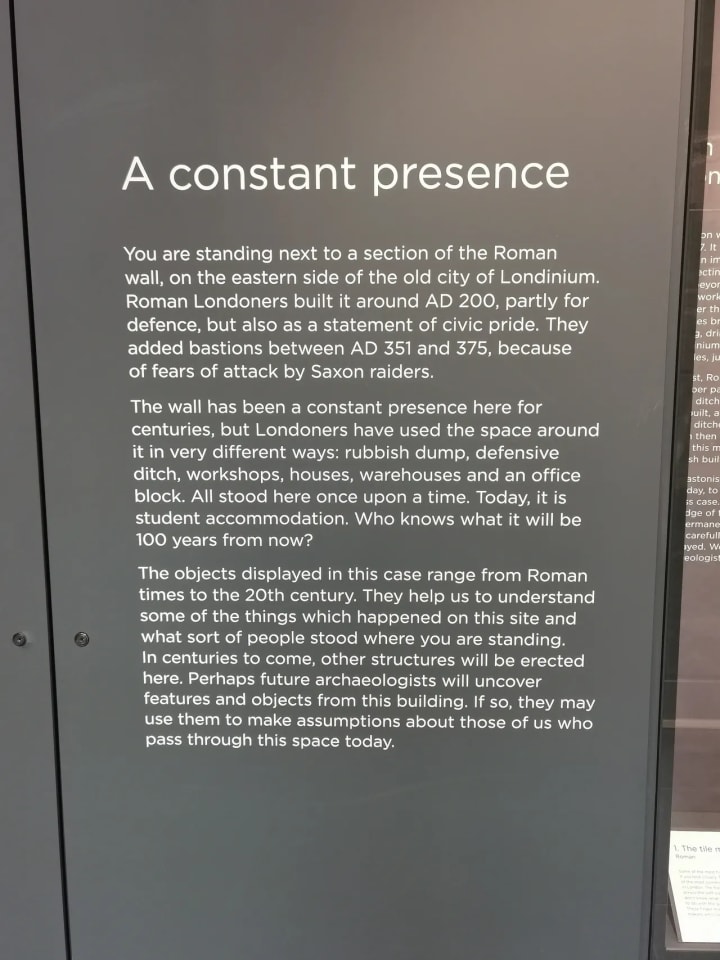
As you know, The City of London is steeped in rich history and cultural heritage. It never ceases to surprise me with its remarkable archaeological discoveries. Two thousand years on, each find is still very enlightening.
Therefore, I was very excited when I heard about the opening after completing the building works at 35 Vine Street.
I booked my ticket online and went along to see the new museum.
A Glimpse into the Past
The unassuming 35 Vine Street, nestled amidst the modern structures of London, concealed a secret that lay dormant for centuries.
As archaeologists embarked on their excavation, they unearthed a section of a Roman wall that once formed part of the city's ancient fortifications.
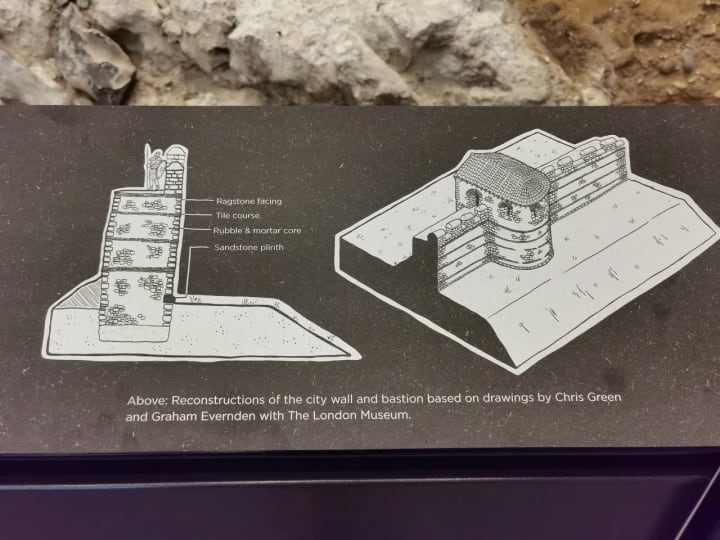
The well-preserved remains stood as a testament to London's Roman past, taking us back to the 2nd century AD when the wall was constructed.
Historical Significance
The discovery of the Roman wall at 35 Vine Street offers valuable insights into Londinium's urban development and strategic planning (Roman London).
The wall was part of the original fortifications that encircled the city, protecting and demarcating its boundaries. The find gives us a better understanding of the Roman settlement's layout and a clearer picture of how the city evolved.
Architecture and Construction
The craftsmanship displayed in the construction of the Roman wall is awe-inspiring.
Comprised of layered stones held together by a durable mortar, the wall demonstrates the Romans' engineering prowess.
Experts have noted the exceptional masonry skills and attention to detail evident in the structure, showcasing the architectural finesse of the era. This construction technique ensured the wall's stability, enabling it to withstand the test of time.
Guardians of the City
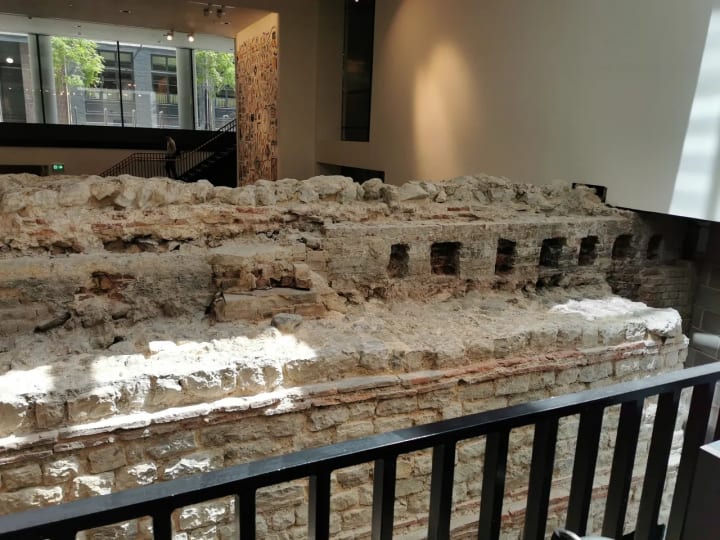
Beyond its architectural magnificence, the Roman wall served as a defensive barrier, protecting the city from potential threats.
It functioned as a line of defence, encompassing Londinium's boundaries and featuring gates that regulated access in and out of the city.
Standing tall and resilient, these walls bore witness to the ebb and flow of Roman life, guarding the city against external forces and preserving its inhabitants' way of life.
A Window into Roman London

The discovery of the Roman wall at 35 Vine Street adds another layer to the mosaic of London's past. Through careful analysis and interpretation, archaeologists can glean crucial information about the city's social, economic, and cultural dynamics during the Roman era.
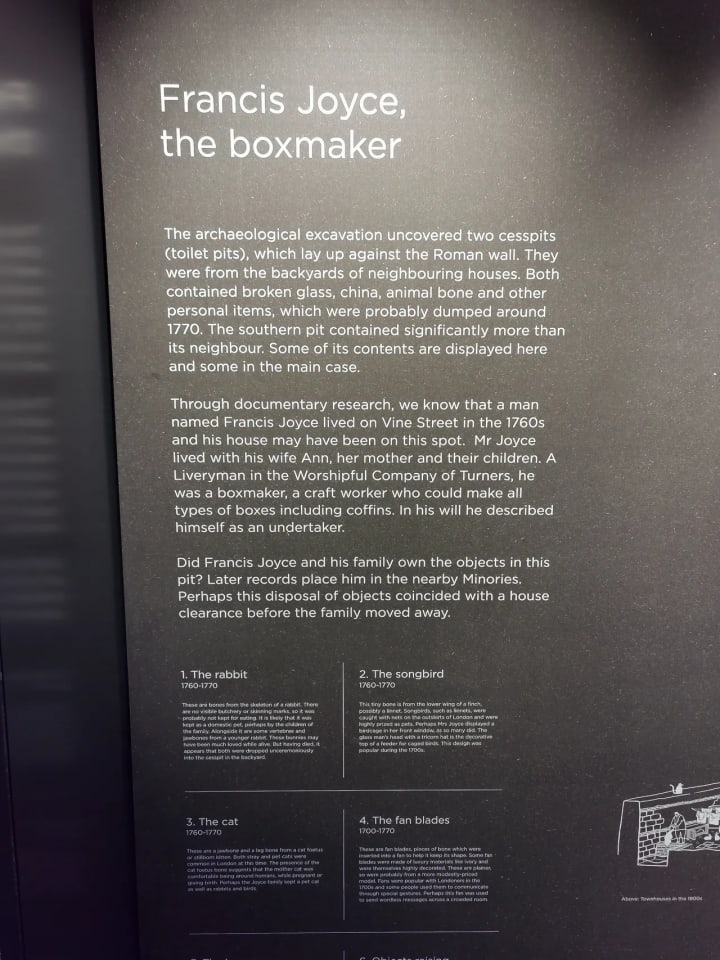
Artefacts discovered near the wall, such as pottery shards, coins, and personal items, offer a glimpse into the daily lives of Londinium's residents, enriching our understanding of this vibrant ancient society.

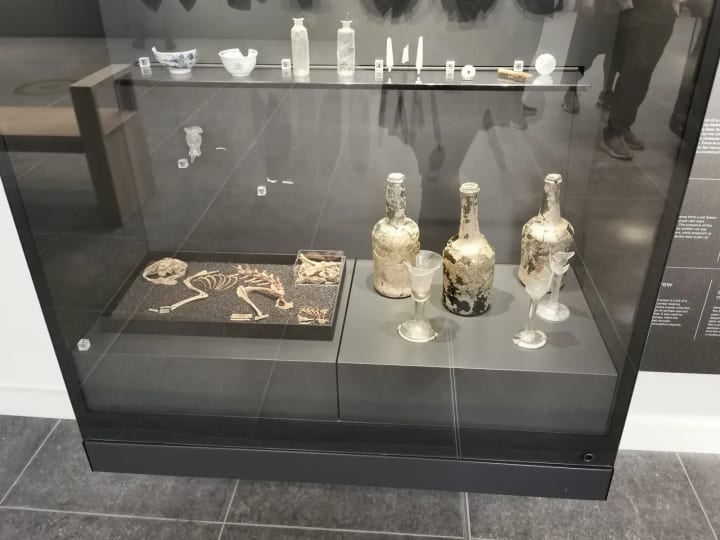

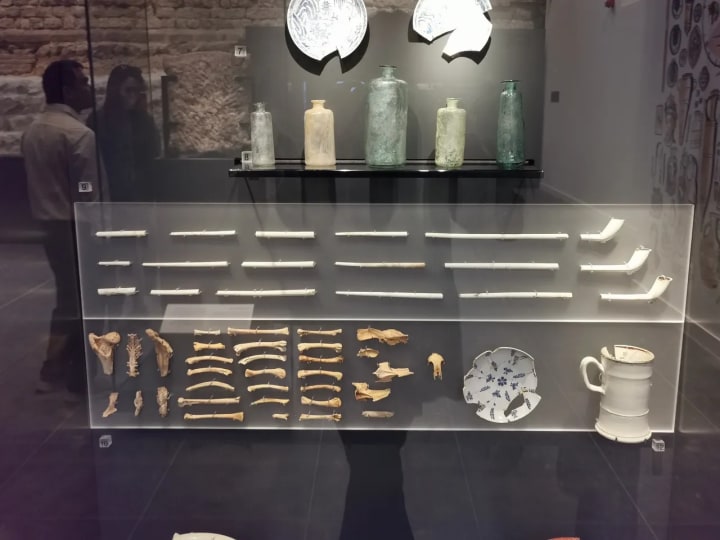
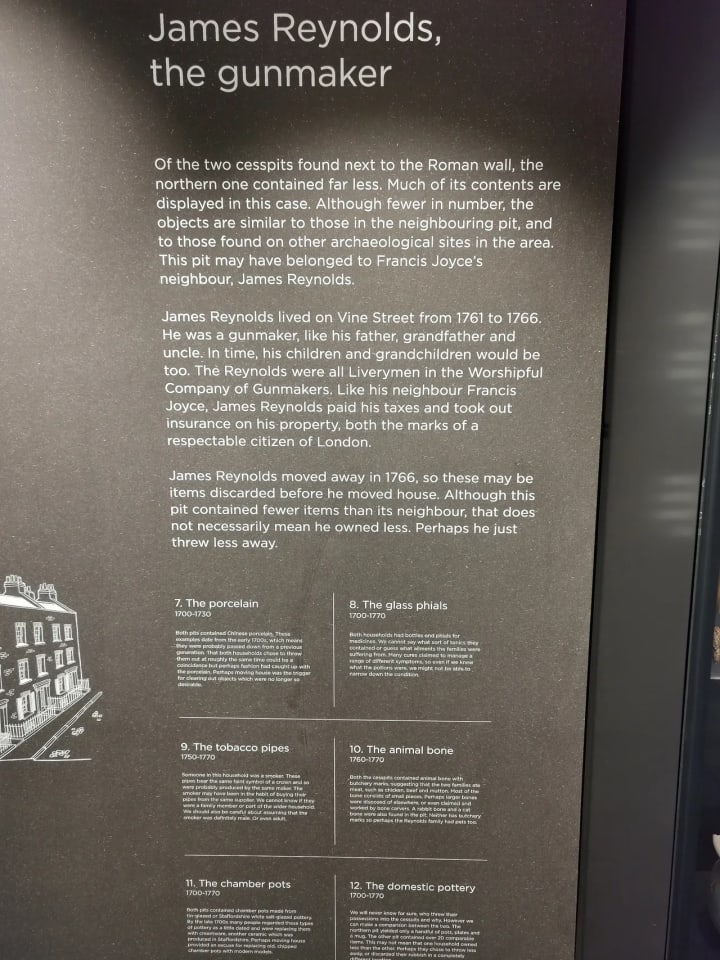
Preservation and Public Engagement
Recognising the historical significance of the Roman wall find, efforts are underway to ensure its preservation and integrate it into London's cultural landscape.
The museum gives locals and tourists a glimpse into the history and ignites curiosity and appreciation for the city's enduring history.
Facts About Roman London
❇️Roman London, known as Londinium, was founded by the Romans around AD 43 as a strategic settlement on the River Thames.
❇️Londinium quickly grew and became an important trading and administrative centre for the Roman Empire. It served as a hub for commerce, connecting Britain with the rest of the Roman world.
❇️The city was laid out in a grid pattern, with major roads such as Watling Street and Ermine Street converging at Londinium. These roads facilitated trade and communication throughout the province of Britannia.
❇️The Romans built various structures and amenities in Londinium, including a forum, bathhouses, temples, an amphitheatre, and a basilica. These buildings served as centres of administration, worship, and entertainment.
❇️The London Wall was constructed around AD 200 to fortify the city and protect it from potential invasions. Parts of the wall can still be seen in modern-day London, such as at the Tower of London and in the Barbican area.
❇️The Roman occupation of Londinium lasted for approximately 400 years, during which the city flourished as a cultural and commercial hub. It attracted people from different parts of the Roman Empire, contributing to its diverse population.
❇️In AD 410, the Roman Empire began to decline, weakening Roman authority in Britain. As a result, Londinium faced challenges, including attacks by barbarian tribes. The city's decline continued after the Romans officially left Britain in the early 5th century.
❇️The remains of Roman London were gradually buried and forgotten as new structures were built over the centuries. The rediscovery of Roman artefacts and structures began in the 19th century during construction work and archaeological excavations.
❇️ Today, various Roman artefacts are on display in the Museum of London, including pottery, jewellery, and Roman-era structures. The museum provides insights into the daily life, culture, and history of Roman London.
❇️Roman London played a significant role in shaping the city's future. The original Roman settlement served as the foundation for the development and growth of London over the centuries, becoming the vibrant and cosmopolitan city it is Today.
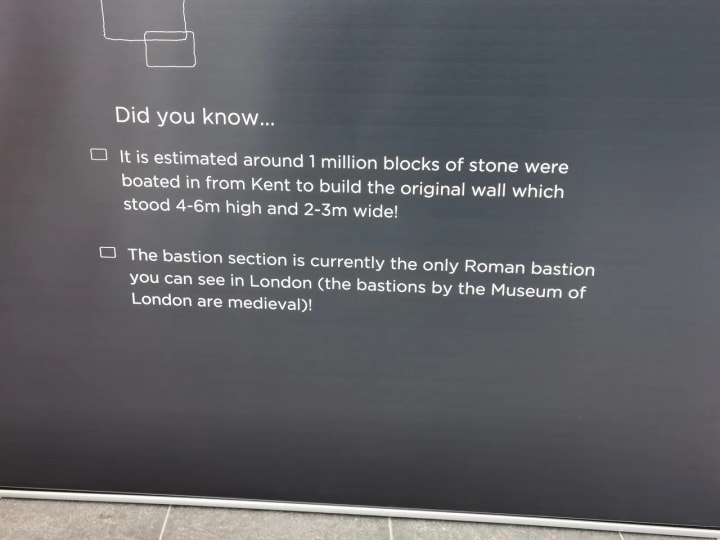
Parting Comments
The unearthing of the Roman wall at 35 Vine Street in London is a beautiful find and gives us an insight into the city's deep-rooted heritage and ever-evolving story.
With every archaeological discovery, we come closer to understanding the past and embracing the diverse layers that make up the tapestry of our present.
As I walk the streets of modern London, I can't help but wonder what lies beneath the ground, where the whispers of ancient civilisations remind us of the extraordinary journey that brought London to where it is Today.
For more information https://citywallvinestreet.org
Thank you for your attention
Best wishes as always
Tabby
About the Creator
Tabby London
The London I've been discovering is usually off the well-beaten track.I love the nooks and crannies and walking along the streets steeped in centuries worth of history. I'm fond of Zone 1 because that's where it all began centuries ago.
Enjoyed the story? Support the Creator.
Subscribe for free to receive all their stories in your feed. You could also pledge your support or give them a one-off tip, letting them know you appreciate their work.

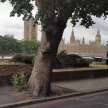




Comments
There are no comments for this story
Be the first to respond and start the conversation.